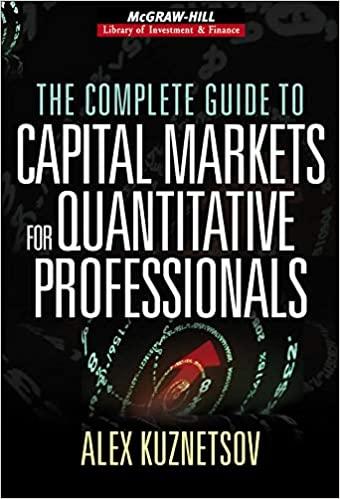3. Following Q2, the financial manager of company XXX is tempted to acquire company YYY. Company YYY is a private company without stock market price. However, it is in the same line of business as company XXX, you can assume it has the same business risk. The following table sets out the information that you need to forecast company YYY's free cash flows (the highlighted numbers are all forecasted numbers). You can assume the cash flow in year 0 has already occurred when you calculate the value of the business. Value horizon is 3 years. From year 4 onward, you assume a long-term growth rate of 4% each. Now assume Company XXX plans to finance the purchase with $30,000 of debt. It intends to pay down the debt to $22,599 in year 3 so that the debt ratio at the horizon is 25%, the normal debt ratio of company XXX 0 3 3 4 4 7400 Sales 70000 I Cost of goods sold 56000 10000 Net working capital Depreciation Gross fixed assets 1 2 7100 7200 0 0 5680 5760 0 0 1014 1028 2 6 4500 4500 6500 7000 0 0 2800 2500 0 0 7300 0 4608 0 1042 9 4500 7500 0 2259 9 5920 0 1051 1 4500 8200 0 3500 60000 30000 Debt Investment in fixed assets (change in gross fixed assets) Investment in working capital 7000 300 You will use APV method to calculate the value of company YYY (keep four decimals). Show are your inputs to get full credit. (a). What's profit after tax in year 3? Show your inputs to get full credit. [5 points] (b). What's free cash flow in year 32 Show your inputs to get full credit. [10 point] (c). What's after-tax WACC and cost of capital of company XXX? [10 point] (d). What's horizon value (not the present value)? [10 point] (e). What's the base-case PV of company? What's the PV of interest tax shields in year 1-3? What's the PV of company YYY? [15 points] I 3. Following Q2, the financial manager of company XXX is tempted to acquire company YYY. Company YYY is a private company without stock market price. However, it is in the same line of business as company XXX, you can assume it has the same business risk. The following table sets out the information that you need to forecast company YYY's free cash flows (the highlighted numbers are all forecasted numbers). You can assume the cash flow in year 0 has already occurred when you calculate the value of the business. Value horizon is 3 years. From year 4 onward, you assume a long-term growth rate of 4% each. Now assume Company XXX plans to finance the purchase with $30,000 of debt. It intends to pay down the debt to $22,599 in year 3 so that the debt ratio at the horizon is 25%, the normal debt ratio of company XXX 0 3 3 4 4 7400 Sales 70000 I Cost of goods sold 56000 10000 Net working capital Depreciation Gross fixed assets 1 2 7100 7200 0 0 5680 5760 0 0 1014 1028 2 6 4500 4500 6500 7000 0 0 2800 2500 0 0 7300 0 4608 0 1042 9 4500 7500 0 2259 9 5920 0 1051 1 4500 8200 0 3500 60000 30000 Debt Investment in fixed assets (change in gross fixed assets) Investment in working capital 7000 300 You will use APV method to calculate the value of company YYY (keep four decimals). Show are your inputs to get full credit. (a). What's profit after tax in year 3? Show your inputs to get full credit. [5 points] (b). What's free cash flow in year 32 Show your inputs to get full credit. [10 point] (c). What's after-tax WACC and cost of capital of company XXX? [10 point] (d). What's horizon value (not the present value)? [10 point] (e). What's the base-case PV of company? What's the PV of interest tax shields in year 1-3? What's the PV of company YYY? [15 points]








